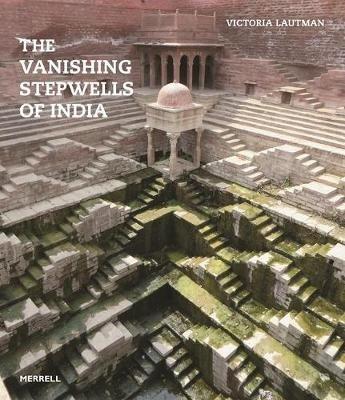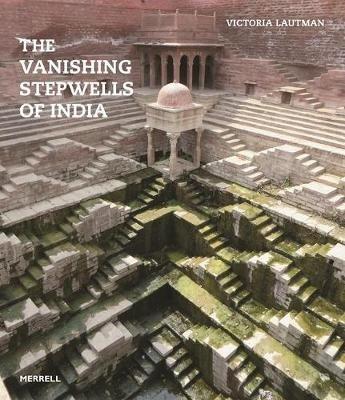L’articolo è stato aggiunto alla lista dei desideri
IBS.it, l'altro eCommerce
The Vanishing Stepwells of India
Cliccando su “Conferma” dichiari che il contenuto da te inserito è conforme alle Condizioni Generali d’Uso del Sito ed alle Linee Guida sui Contenuti Vietati. Puoi rileggere e modificare e successivamente confermare il tuo contenuto. Tra poche ore lo troverai online (in caso contrario verifica la conformità del contenuto alle policy del Sito).
Grazie per la tua recensione!
Tra poche ore la vedrai online (in caso contrario verifica la conformità del testo alle nostre linee guida). Dopo la pubblicazione per te +4 punti



Tutti i formati ed edizioni
Promo attive (0)
Some of the finest architectural structures in India are to be found below ground: these are its ancient stepwells. Stepwells are unique to India; the earliest rudimentary wells date from about the 4th century CE, and eventually they were built throughout the country, particularly in the arid western regions. Stepwell construction evolved so that, by the 11th century, they were amazingly complex feats of architecture and engineering, not only providing water all year round but also serving as gathering places, refuges and retreats. The journalist Victoria Lautman first encountered stepwells three decades ago, and this book - now available in paperback for the first time - is a testament to her determined efforts over several years to document these fascinating but largely unknown structures before they disappear. Of the thousands of stepwells that proliferated across India, most were abandoned as a result of modernization and the depletion of water tables. Frequently commissioned by royal or wealthy patrons, the wells vary greatly in scale and design. Some also functioned as subterranean Hindu temples, featuring columned pavilions and elaborate stone carvings. Islamic wells were generally less flamboyant, but often incorporated shady loggias and small chambers in which to relax and escape the stifling heat. Today, few stepwells are in use. The majority have been left to silt up, fill with rubbish and crumble into disrepair. Gradually, however, the Indian government and heritage organizations are recognizing the need to preserve these architectural wonders. In 2014 India's grandest and best-known stepwell, the Rani ki Vav in Patan, Gujarat, became a UNESCO World Heritage site. In her introduction, Lautman discusses why and where the stepwells were built. She reflects on the reasons they became derelict and considers how the appreciation of stepwells is changing with the work of organizations and individuals who aim to protect and restore them. The main part of the book is arranged in a broadly chronological order, with up to four pages devoted to each of c. 70 stepwells, every one unique in design and engineering. The name, location (including GPS coordinates) and approximate date of each well accompany colour photographs and a concise commentary by Lautman on the history and architecture of the well and her experience of visiting it. While many of the stepwells are rather decrepit, their magnificent engineering and great beauty never fail to impress.
L'articolo è stato aggiunto al carrello
L’articolo è stato aggiunto alla lista dei desideri


